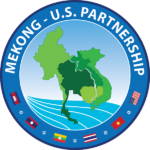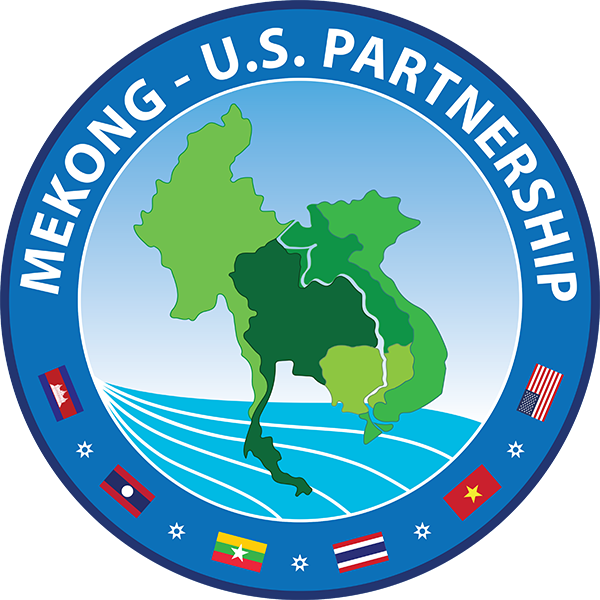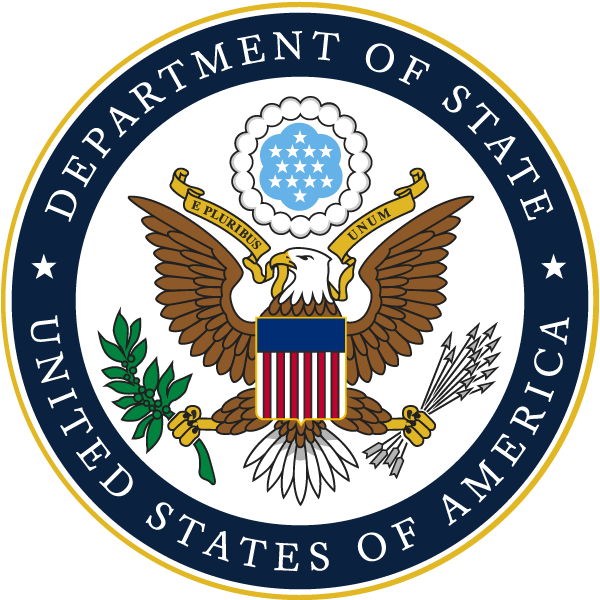In the 1980s, the city of Bangkok, Thailand, was sinking at a rate of 10 cm a year. Rapid development and uncontrolled pumping of groundwater threatened the imminent collapse of one of the world’s great cities. Today, despite the increased density of buildings and people, Bangkok has slowed its rate of land subsidence to 1 or even 0 cm a year in most parts of the city.
Vietnam’s Mekong Delta, meanwhile, has just experienced its most severe year of salinity intrusion owing to a prolonged two-year drought. In 2020, seawater crept inland up to 80 km from the coast. Animal stock, crops and people’s incomes have taken the hit as saltwater contaminates irrigation ditches and freshwater ponds. Land subsidence and arsenic poisoning add to the problems.
This week, in a unique online space, policy makers and water managers from the two areas met to share and learn from lessons of the past. Thirty water managers in Can Tho province, the heart of the Mekong Delta, had an introduction to groundwater management to address salinity intrusion and land subsidence. They were joined by another 30 participants and presenters online. Together, the group discussed experiences from groundwater management projects in the U.S., Cambodia, Thailand, and Vietnam.

The three-day training event—two days online and a one-day field trip out of Can Tho —was organized by the Sustainable Infrastructure Partnership (SIP) in cooperation with the Vietnam Water Resources Institute (WRI) and other Vietnamese agencies. The US Geological Survey (USGS), Thailand’s Department of Groundwater Resources (DGR), the International Water Management Institute (IWMI), the Living Deltas Research Hub, and the German development agency GIZ were among the presenters, alongside several universities and national government agencies.
Sharing solutions
Hydrogeologist and groundwater expert Dr Tussanee Nettasana of the Ministry of Natural Resources and Environment (MONRE), Thailand, explained how the city of Bangkok has dramatically slowed its rate of subsidence through legislation, groundwater pricing, and vigorous monitoring of wells and groundwater extraction. Other presenters highlighted solutions including remote sensing technology for groundwater monitoring, groundwater recharge techniques, and innovations in the design of sluice gates and water storage ponds.

and Restoration Research and Development Group, Thailand (MONRE)
While Bangkok’s own groundwater crisis is unique to the city—including its location on a bed of soft clay, gravel and sand—its policy action on groundwater could hold lessons for others in the region.
Vietnam is developing a new national water resource management plan over the next two years, which will include greater attention to groundwater. In the Delta itself, the Department of Natural Resources in Soc Trang and Ca Mau provinces in the Mekong Delta are working on groundwater recharge, treating saline and brackish surface water for domestic and agricultural use so as to reduce groundwater abstraction, and working with local governments to monitor and manage groundwater.
More than 500 million people around the world live in delta areas.[1] Vietnam’s Mekong Delta is one of the world’s largest and lowest deltas,[2] with a population of 18.6 million.[3] Climate change, sea-level rise, and land subsidence means the people of the Mekong Delta are vulnerable to flooding and storm surges, as well as the current problems of salinity caused by drought and sediment trapping by water-related infrastructure such as upstream dams and barrages.[4]
“Research has shown that groundwater recharge is occurring too slowly in the Delta,” said Dr Pinida Kamphaengthong, water resource specialist on the SIP team. “There is a need for coordination among different agencies to co-manage groundwater and the impacts of groundwater depletion.
“While no two situations are identical, SIP training workshops act as platforms to bring together knowledge and experience from around the Mekong region and the world, to tackle some of the most important environmental problems that we face today.”

[1] Minderhoud, P.S.J., Coumou, L., Erkens, G. et al. Mekong delta much lower than previously assumed in sea-level rise impact assessments. Nature Communications 10, 3847 (2019). https://doi.org/10.1038/s41467-019-11602-1
[2] ibid
[3] The Economist, ‘Requiem for a River’, Feb 11th 2016
[4] Szabo, S., Brondizio, E., Renaud, F.G. et al. Population dynamics, delta vulnerability and environmental change: comparison of the Mekong, Ganges–Brahmaputra and Amazon delta regions. Sustainability Science 11, 539–554 (2016). https://doi-org.ezproxy.lib.monash.edu.au/10.1007/s11625-016-0372-6
 Mekong - U.S. Partnership
Mekong - U.S. Partnership


